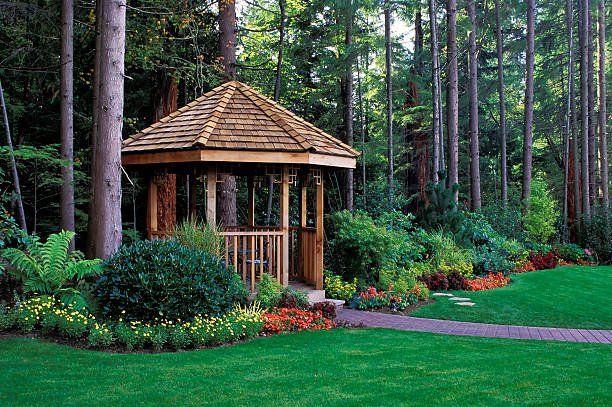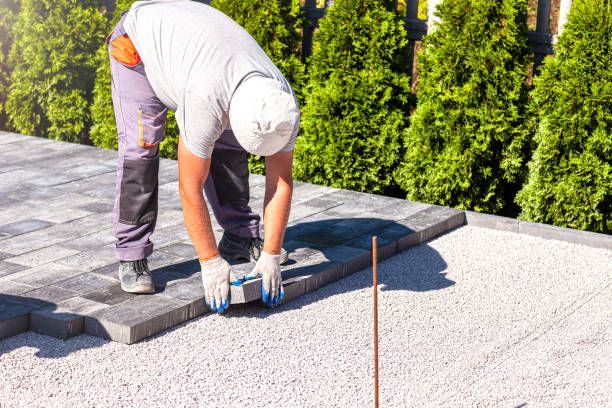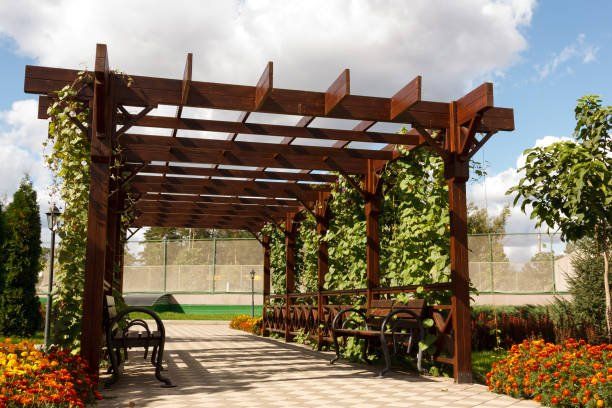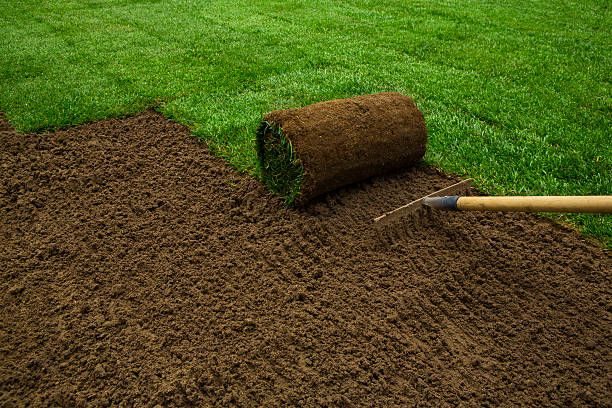Pavilion
Let's start with the basics: the construction of a garden pavilion - or any other kind of pavilion for that matter - begins with the erection of the structure. This is where a team of experts come together to plan and manufacture the elements of the pavilion. They will discuss the design and decide what type of materials should be used, how big the structure needs to be, what kind of roofing materials needs to be used, where the base of the structure will go (the ground level, or the apex), and what kind of internal drainage systems the pavilion will need. Once the preliminary work has been done, the next step will be constructing the frame of the pavilion - which may be done on a concrete base, wood base, or a metal one. All of this will depend on the climatic conditions of the area where you live.
Next, once the construction phase has been completed, you have to think about furnishing the pavilion - which can either be done on-site by the original construction company (which may have skilled artisans or work teams), or ordered from off-site manufacturers who specialize in designing and manufacturing furnishings for garden/pavilion structures. It's important to choose the right manufacturer to ensure quality. Once the building process is complete, the next thing that you need to do is decorate the pavilion. This will depend on your design concept, but here are some of the most common items:
- Plants and flowers. If your design concept is of a nature park with a pavilion surrounded by a large lake with lily-of-the-valley type plants scattered in several sizes, you can use these as the basis for the arrangement of flora. A waterfall and fountain can also look very nice in a pavilion. Glass panels and stained glass are two other options you can use to enhance the look of the pavilion.
- Glass Panels. Although glass paneling is more popular in hotels and corporate buildings, it looks good in a garden too. Install glass panels along the perimeter and on the ceiling for a very neat, sophisticated look. You can also opt for etched glass panels for a more personal touch. For those who don't like the look of glass paneling, tiles or concrete blocks are other good options for the flooring of the structure.
- Fire pits. Even if you've opted for a completely self-contained structure, you can still create a rustic feel by adding fire pits in the area. This adds a certain ambiance to the area that you can't get with just the mere presence of a pavilion. Fire pits can be made of stone, bricks or concrete. The surface on which they are set can also be made of flagstone or cement slabs.
Our Other Services




